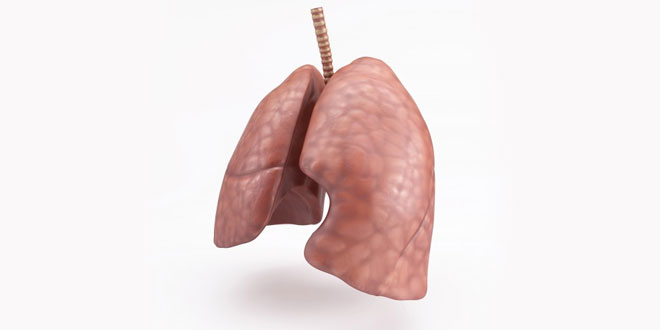Question: Name the structures of the human respiratory system and write their functions starting from the organ through which air enters.
Answer: The structures of human respiratory system:
- Nasal Cavity: it helps in filtering the air and prevents the entry of harmful substances.
- Trachea: It is also called the windpipe and helps in the movement of air.
- Bronchi: It is the division of trachea and enters each of the lungs.
- Lungs: These are present in the chest cavity. Inside lungs, the bronchi branch into bronchioles, which have alveoli at their ends.
- Alveoli: These are thin, tiny air sacs that help in the exchange of gases.
Structures which support breathing:
- Ribs: These help in the protection of the chest cavity and the process of inhalation and exhalation.
- Intercostal muscles: These muscles help in the process of inhalation and exhalation.
- Diaphragm muscles: These muscles make the floor of the chest cavity and help in the process of inhalation and exhalation.
Question: Why do we often sneeze when we inhale a lot of dust-laden air?
Answer: Sneezing expels the foreign particles from the inhaled air, so that only clean air enters our body. It usually occurs because of the irritation in the upper breathing passage. This irritation happens when we inhale some unwanted particles and they get trapped in our nasal cavity. Smoke, dust, pollen, etc. are some of the unwanted particles that may cause sneezing.
Question: Take three test-tubes. Fill 3/4th of each with water. Label them A, B and C. Keep a snail in test-tube A, a water plant in test-tube B and in C, keep snail and plant both. Which test-tube would have the highest concentration of CO2?
Answer:
Test tube A will have the highest concentration of CO2. This is because test tube A contains snail. Snail is an organism that breathes in O2 and breathes out CO2. Hence, CO2 concentration increases in test tube A.
Test tube B contains a water plant, which takes in CO2 for food synthesis and gives out O2. Hence, more O2 concentration is found in test tube B.
Test tube C contains both a snail and a plant. The CO2 produced by the snail is utilized by the plant for its food synthesis and the O2 released by the plant is utilized by the snail for respiration.
Therefore, test tube A has the highest concentration of CO2.
 Class Notes NCERT Solutions for CBSE Students
Class Notes NCERT Solutions for CBSE Students




